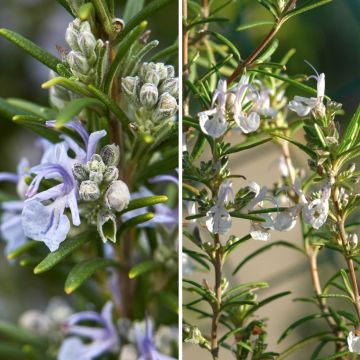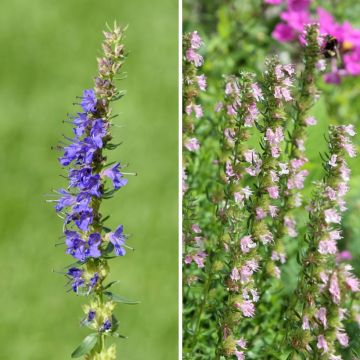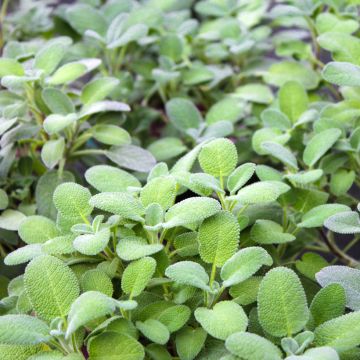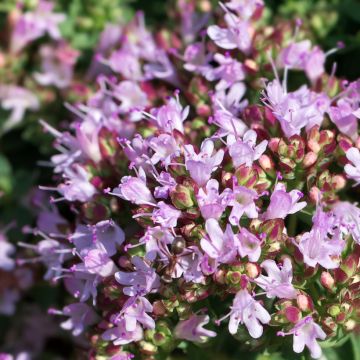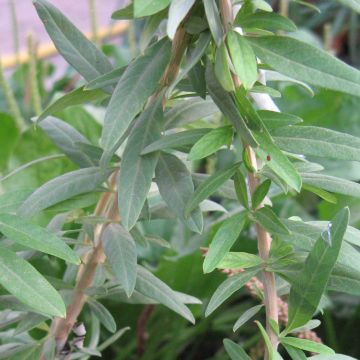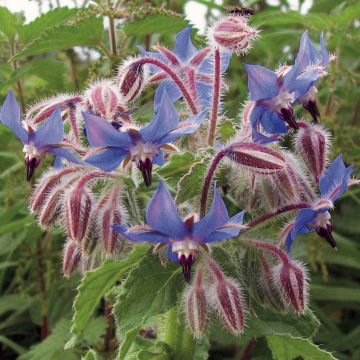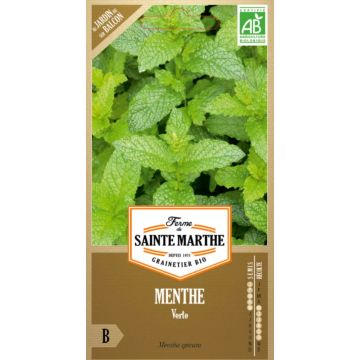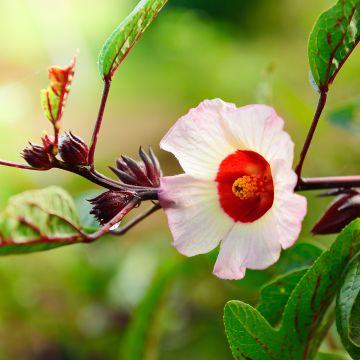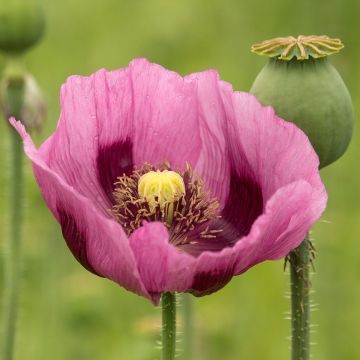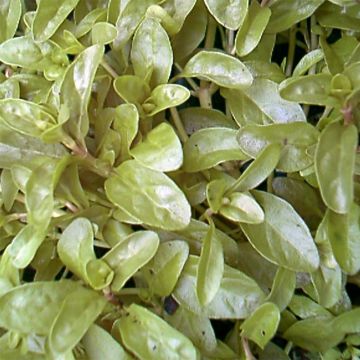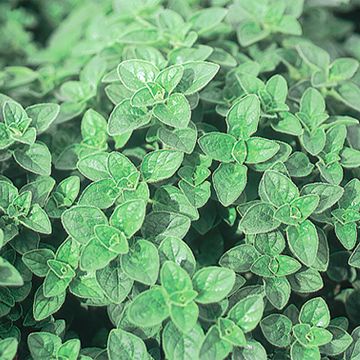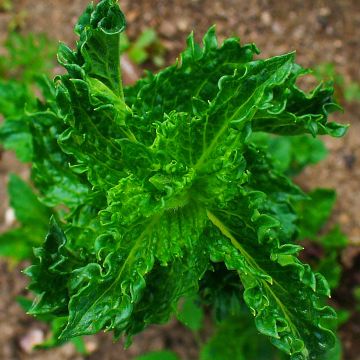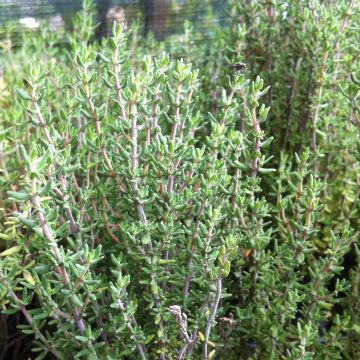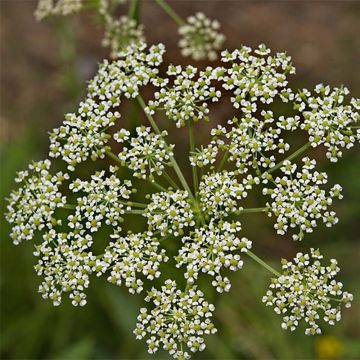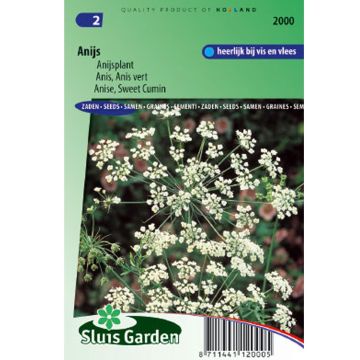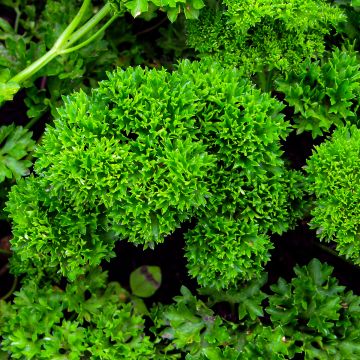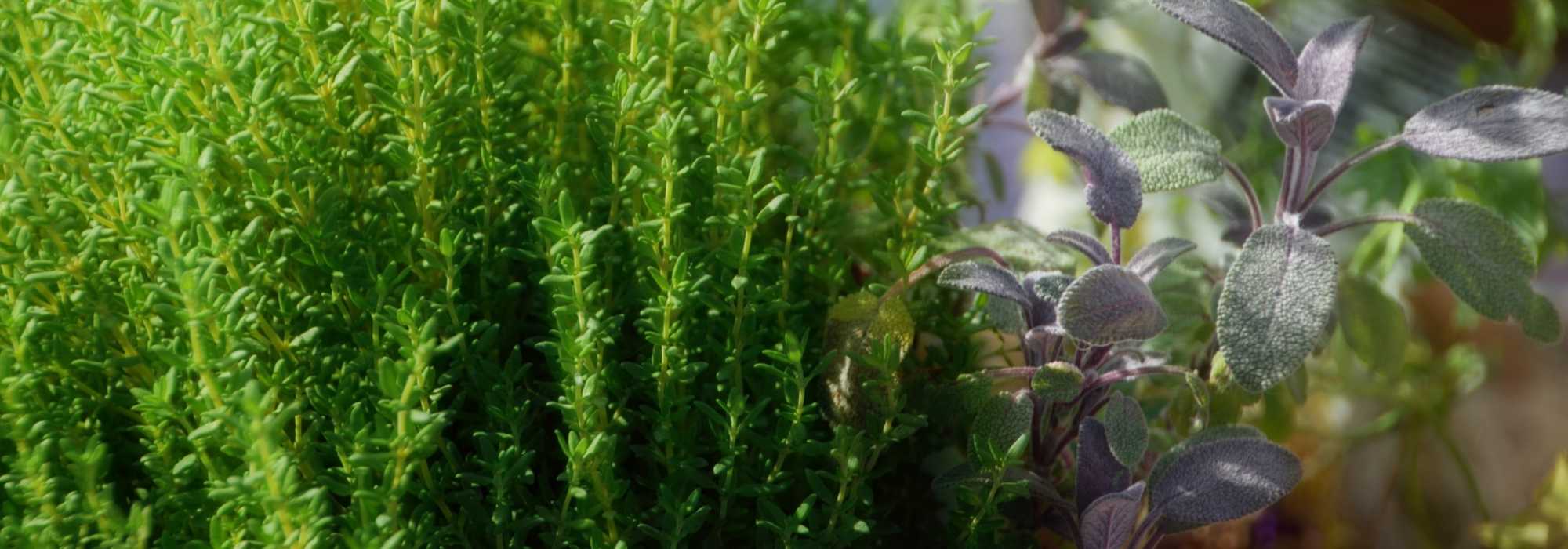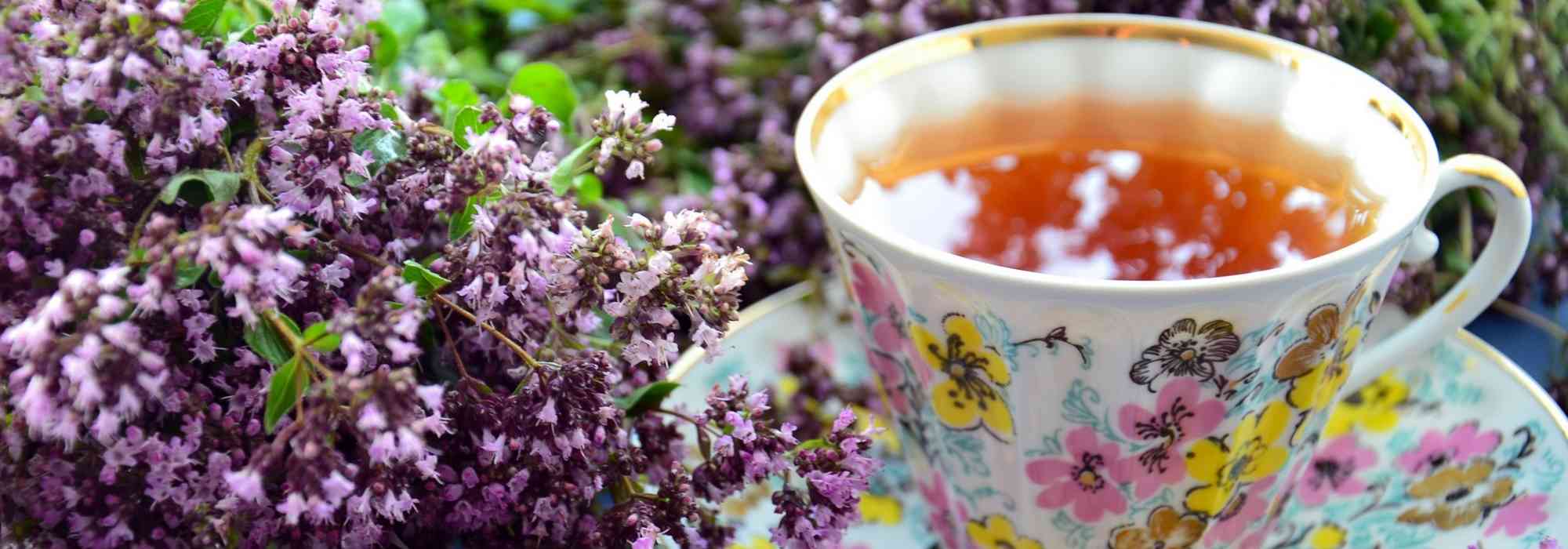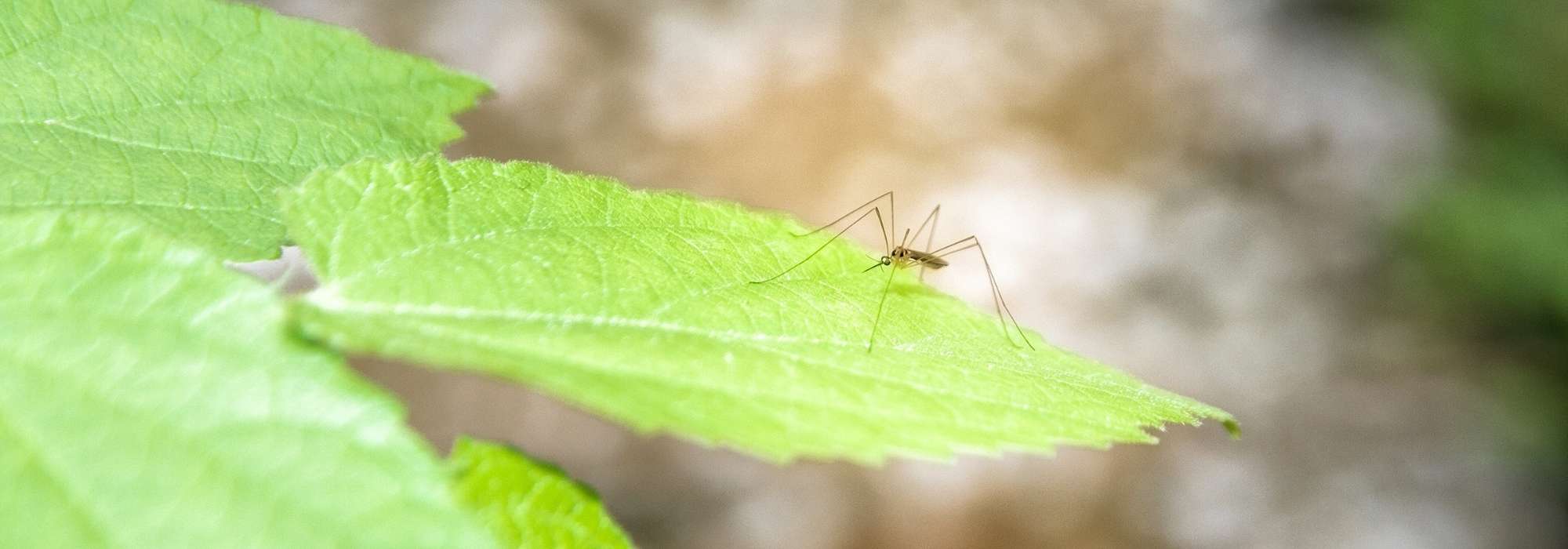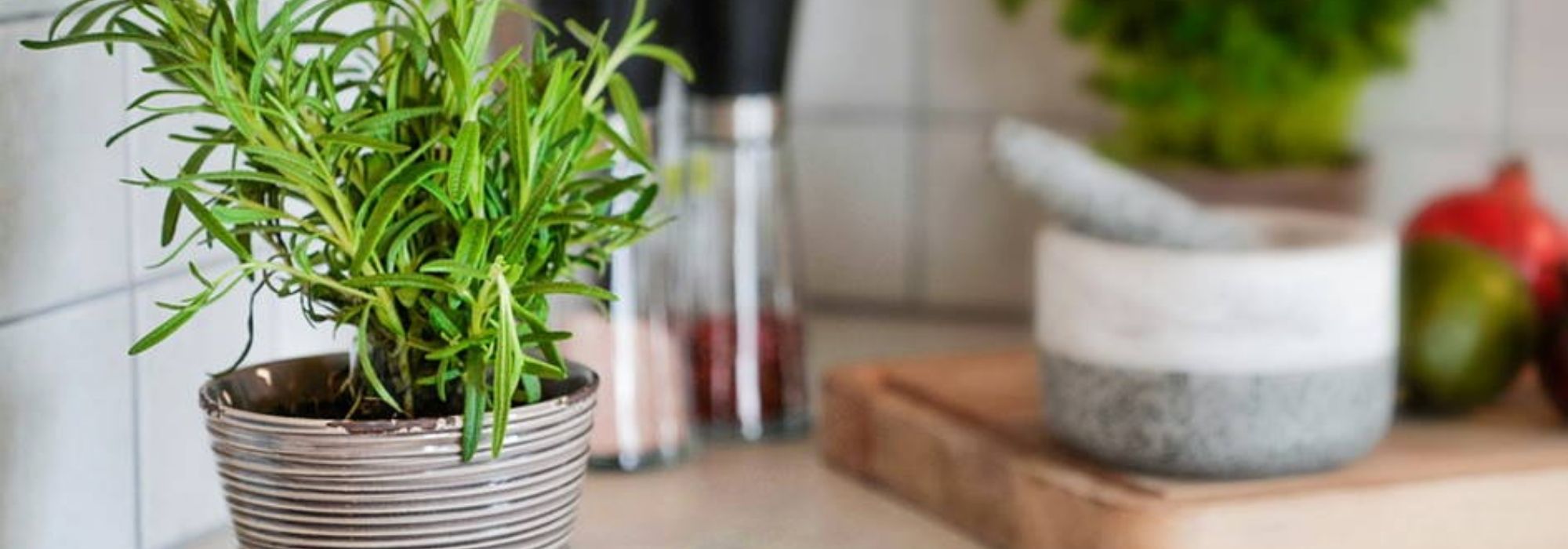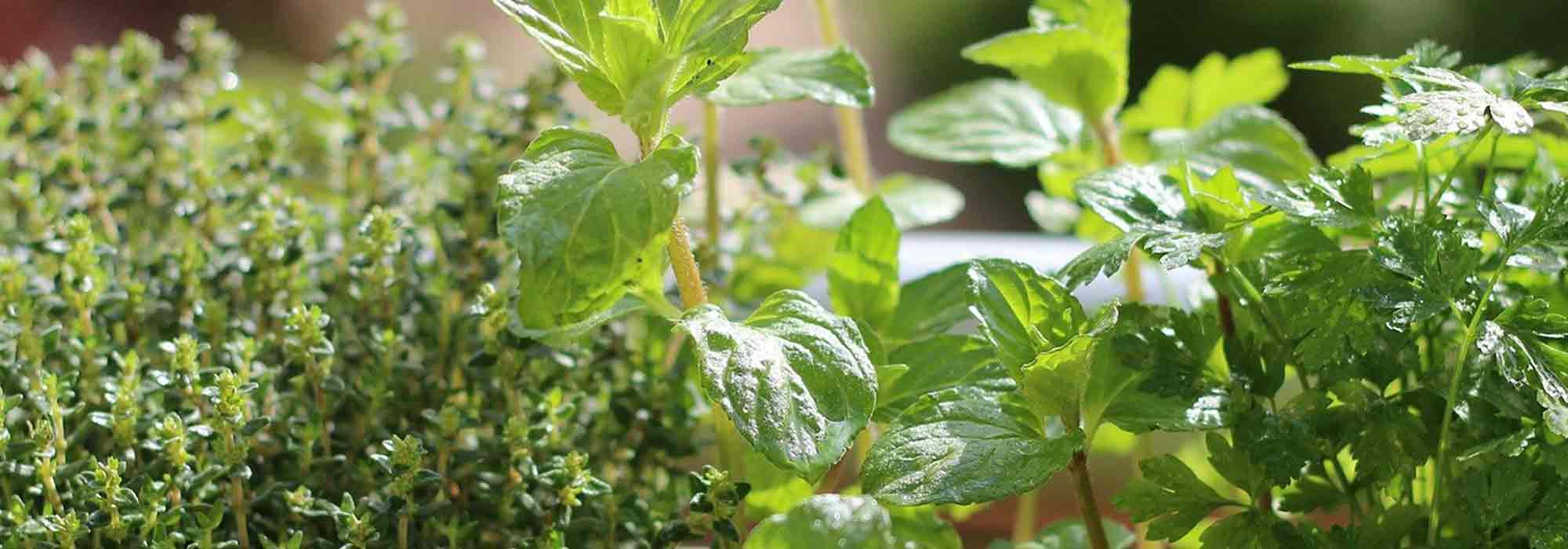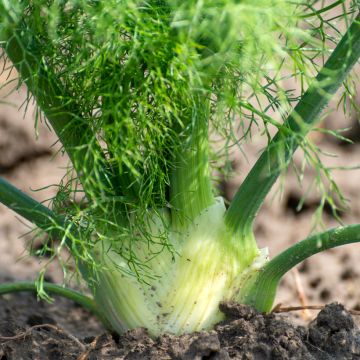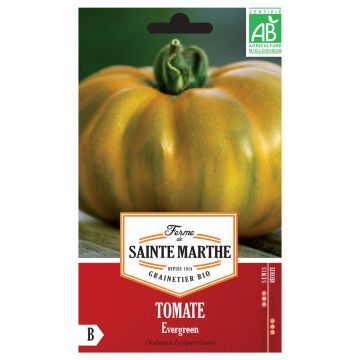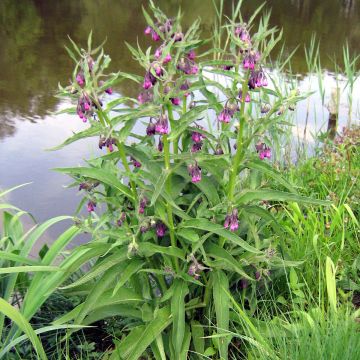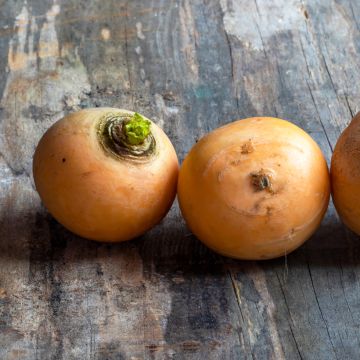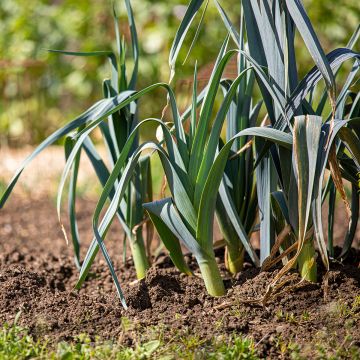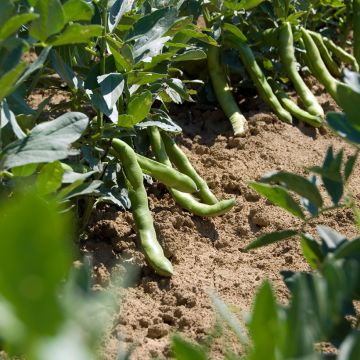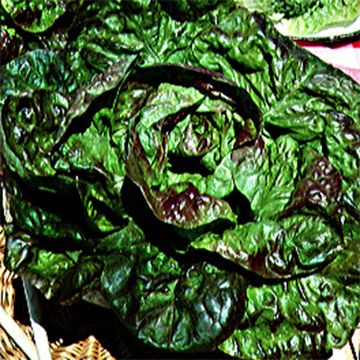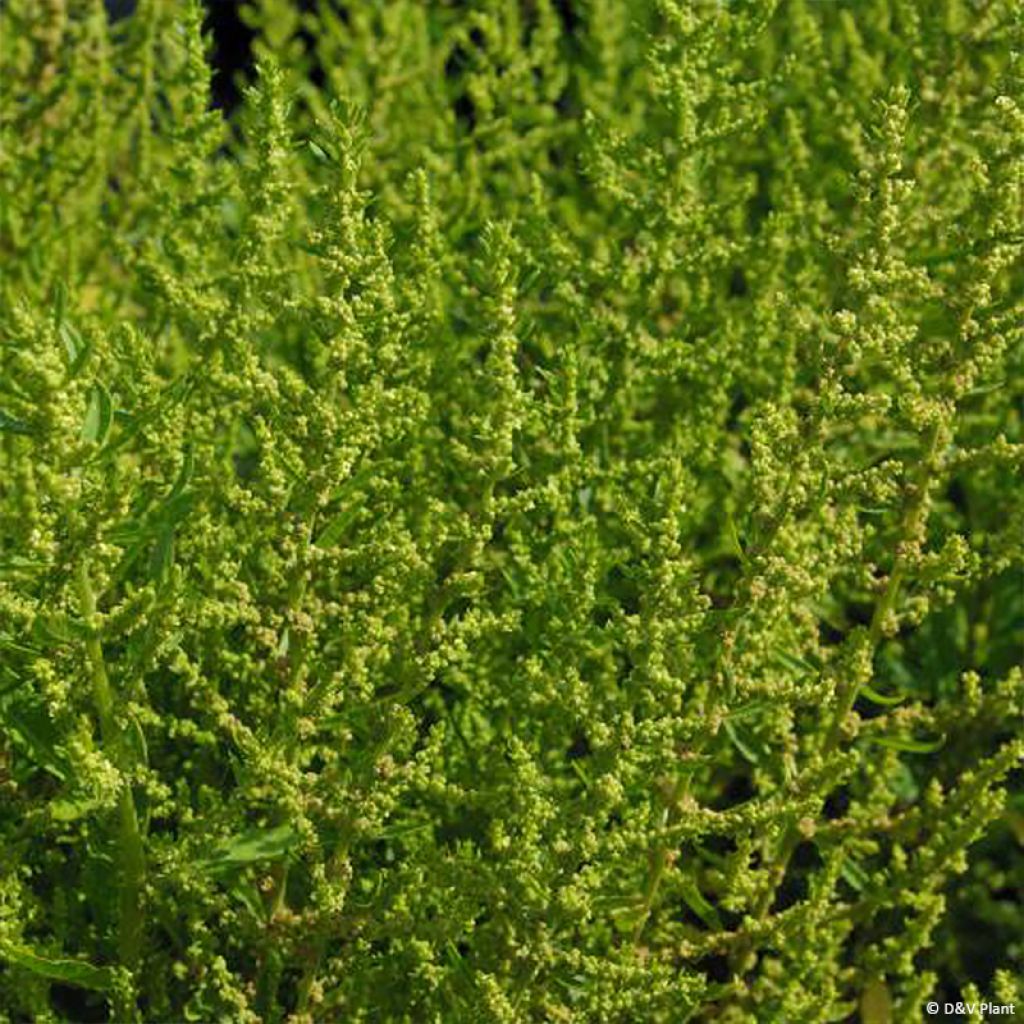

Chénopode fausse-ambroisie, Thé du Mexique - Chenopodium ou Dysphania ambrosioides
Mexican Tea - Dysphania ambrosioides
Dysphania ambrosioides
American wormseed, Spanish tea, Mexican tea
Special offer!
Receive a €20 voucher for any order over €90 (excluding delivery costs, credit notes, and plastic-free options)!
1- Add your favorite plants to your cart.
2- Once you have reached €90, confirm your order (you can even choose the delivery date!).
3- As soon as your order is shipped, you will receive an email containing your voucher code, valid for 3 months (90 days).
Your voucher is unique and can only be used once, for any order with a minimum value of €20, excluding delivery costs.
Can be combined with other current offers, non-divisible and non-refundable.
Why not try an alternative variety in stock?
View all →This plant carries a 6 months recovery warranty
More information
We guarantee the quality of our plants for a full growing cycle, and will replace at our expense any plant that fails to recover under normal climatic and planting conditions.
Description
Dysphania ambrosioides (formerly known as Chenopodium ambrosioides), is also known as Mexican tea. It is an aromatic plant native to tropical America that gives 'Chili con carne' and 'salsa verde' their unique flavour. Its leaves are also used to accompany dishes with dried beans and to prepare infusions. When used fresh, the leaves have a strong resinous, pungent, acrid, lemony flavor, reminiscent of both mint, oregano, green anise, fennel, and tarragon. Dried leaves have a less pronounced flavour. Often grown as an annual, Mexican tea is planted in April-May. Leaves are harvested throughout the season.
Dysphania ambrosioides (formerly known as Chenopodium ambrosioides), is a plant in the Chenopodiaceae (or Amaranthaceae) family that is cultivated like spinach or Swiss chard. It prefers rich soil that does not dry out in the summer and tolerates limestone. To experience its flavour, three or four plants are sufficient.
Mexican tea is an annual or short-lived perennial plant native to South and Central America, now naturalised in many regions of the world. It can be found on the banks of ponds and watercourses, in sand or mud banks, gravel pits, and lake margins. The vegetation forms a tuft 30 to 80 cm (12 to 32in) tall (average 55 cm (22in)). It has a remarkably pleasant odour, reminiscent of turpentine, creosote, citrus, and savory. The upright, angular, and branching stems bear oblong to lanceolate, toothed leaves of medium green color. Flowering occurs from July to November. The long, narrow panicle inflorescences are composed of greenish glomerules.
Highly used in Mexican cuisine, ambrosia is used in various dishes and culinary preparations such as the famous salsa verde. The leaves are also used to prepare Mexican tea by infusing dried or fresh leaves. Mexican tea is reputed to aid digestion. It is also a medicinal plant once used as a vermifuge.
Harvesting: Pick the leaves as needed, preferably in the morning. Harvesting takes place from late spring to autumn.
Preservation: The leaves should be consumed quickly after picking, ideally within the day. Alternatively, they can be dried, ground, and stored in an airtight jar, protected from light and humidity.
Gardening tip: To reduce watering, we recommend avoiding direct sun exposure and mulching the soil in summer with thin layers of grass clippings, if possible mixed with dead leaves. This protection helps keep the soil moist and also reduces weed growth. You can prepare a Mexican Tea brew similar to nettle or comfrey brew, which can be used as a natural insecticide. To do this, macerate leafy stems in a bucket filled with water and stir occasionally. The brew will be ready when the maceration liquid has turned dark in colour.
Report an error about the product description
Harvest
Plant habit
Foliage
Other Herbs
View all →Planting and care
Mexican Tea is sensitive to drought. This young plant likes deep soils, rich in organic matter and nitrogen, and does not dry out. Lime is very well tolerated. Avoid installing it in a too hot and sunny place. From May, spread a mulch of dead leaves to keep the soil moist. Water abundantly at the base throughout the summer.
Cut the flower stalks to promote the development of the foliage.
Cultivation
Care
Intended location
Planting & care advice
This item has not been reviewed yet - be the first to leave a review about it.
Similar products
Haven't found what you were looking for?
Hardiness is the lowest winter temperature a plant can endure without suffering serious damage or even dying. However, hardiness is affected by location (a sheltered area, such as a patio), protection (winter cover) and soil type (hardiness is improved by well-drained soil).

Photo Sharing Terms & Conditions
In order to encourage gardeners to interact and share their experiences, Promesse de fleurs offers various media enabling content to be uploaded onto its Site - in particular via the ‘Photo sharing’ module.
The User agrees to refrain from:
- Posting any content that is illegal, prejudicial, insulting, racist, inciteful to hatred, revisionist, contrary to public decency, that infringes on privacy or on the privacy rights of third parties, in particular the publicity rights of persons and goods, intellectual property rights, or the right to privacy.
- Submitting content on behalf of a third party;
- Impersonate the identity of a third party and/or publish any personal information about a third party;
In general, the User undertakes to refrain from any unethical behaviour.
All Content (in particular text, comments, files, images, photos, videos, creative works, etc.), which may be subject to property or intellectual property rights, image or other private rights, shall remain the property of the User, subject to the limited rights granted by the terms of the licence granted by Promesse de fleurs as stated below. Users are at liberty to publish or not to publish such Content on the Site, notably via the ‘Photo Sharing’ facility, and accept that this Content shall be made public and freely accessible, notably on the Internet.
Users further acknowledge, undertake to have ,and guarantee that they hold all necessary rights and permissions to publish such material on the Site, in particular with regard to the legislation in force pertaining to any privacy, property, intellectual property, image, or contractual rights, or rights of any other nature. By publishing such Content on the Site, Users acknowledge accepting full liability as publishers of the Content within the meaning of the law, and grant Promesse de fleurs, free of charge, an inclusive, worldwide licence for the said Content for the entire duration of its publication, including all reproduction, representation, up/downloading, displaying, performing, transmission, and storage rights.
Users also grant permission for their name to be linked to the Content and accept that this link may not always be made available.
By engaging in posting material, Users consent to their Content becoming automatically accessible on the Internet, in particular on other sites and/or blogs and/or web pages of the Promesse de fleurs site, including in particular social pages and the Promesse de fleurs catalogue.
Users may secure the removal of entrusted content free of charge by issuing a simple request via our contact form.
The flowering period indicated on our website applies to countries and regions located in USDA zone 8 (France, the United Kingdom, Ireland, the Netherlands, etc.)
It will vary according to where you live:
- In zones 9 to 10 (Italy, Spain, Greece, etc.), flowering will occur about 2 to 4 weeks earlier.
- In zones 6 to 7 (Germany, Poland, Slovenia, and lower mountainous regions), flowering will be delayed by 2 to 3 weeks.
- In zone 5 (Central Europe, Scandinavia), blooming will be delayed by 3 to 5 weeks.
In temperate climates, pruning of spring-flowering shrubs (forsythia, spireas, etc.) should be done just after flowering.
Pruning of summer-flowering shrubs (Indian Lilac, Perovskia, etc.) can be done in winter or spring.
In cold regions as well as with frost-sensitive plants, avoid pruning too early when severe frosts may still occur.
The planting period indicated on our website applies to countries and regions located in USDA zone 8 (France, United Kingdom, Ireland, Netherlands).
It will vary according to where you live:
- In Mediterranean zones (Marseille, Madrid, Milan, etc.), autumn and winter are the best planting periods.
- In continental zones (Strasbourg, Munich, Vienna, etc.), delay planting by 2 to 3 weeks in spring and bring it forward by 2 to 4 weeks in autumn.
- In mountainous regions (the Alps, Pyrenees, Carpathians, etc.), it is best to plant in late spring (May-June) or late summer (August-September).
The harvesting period indicated on our website applies to countries and regions in USDA zone 8 (France, England, Ireland, the Netherlands).
In colder areas (Scandinavia, Poland, Austria...) fruit and vegetable harvests are likely to be delayed by 3-4 weeks.
In warmer areas (Italy, Spain, Greece, etc.), harvesting will probably take place earlier, depending on weather conditions.
The sowing periods indicated on our website apply to countries and regions within USDA Zone 8 (France, UK, Ireland, Netherlands).
In colder areas (Scandinavia, Poland, Austria...), delay any outdoor sowing by 3-4 weeks, or sow under glass.
In warmer climes (Italy, Spain, Greece, etc.), bring outdoor sowing forward by a few weeks.






























